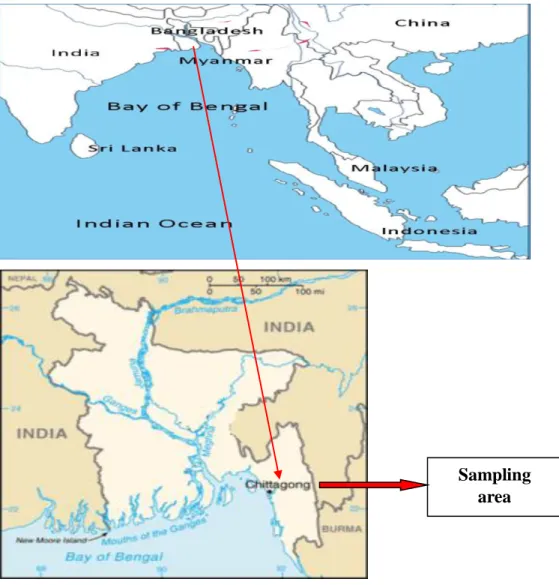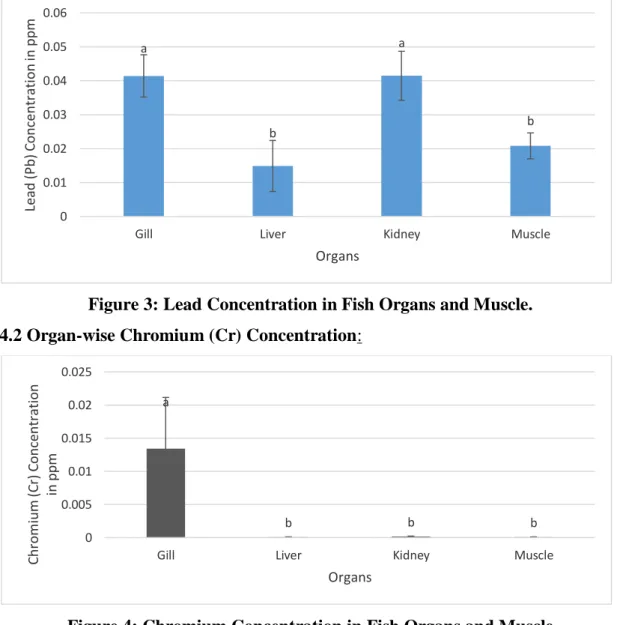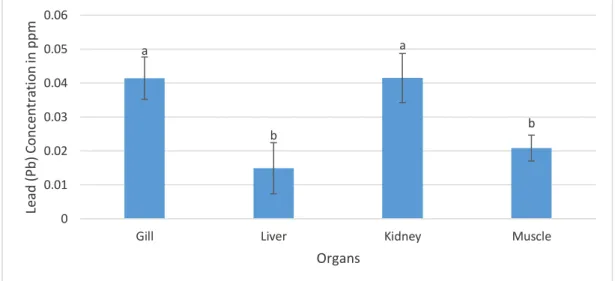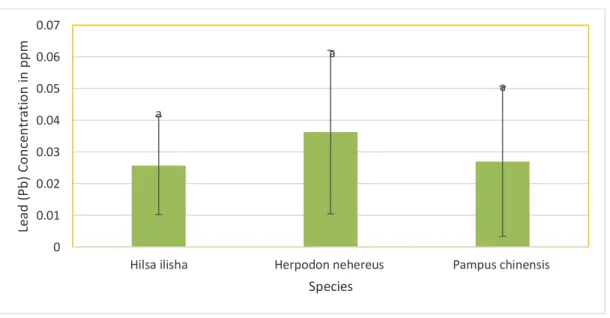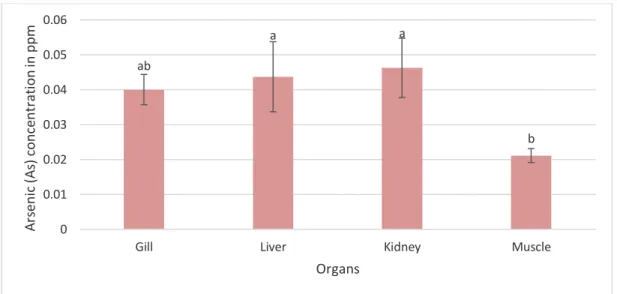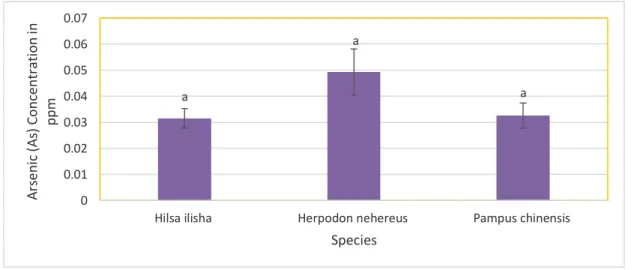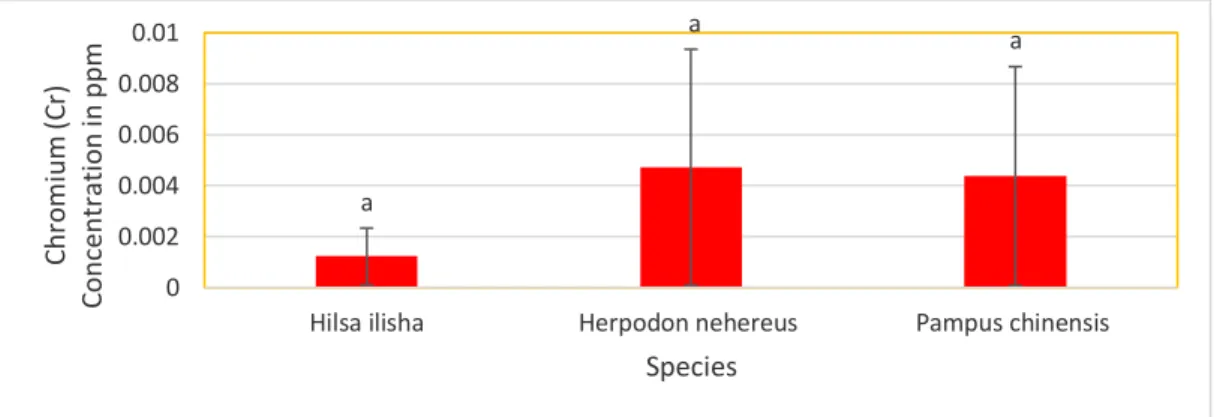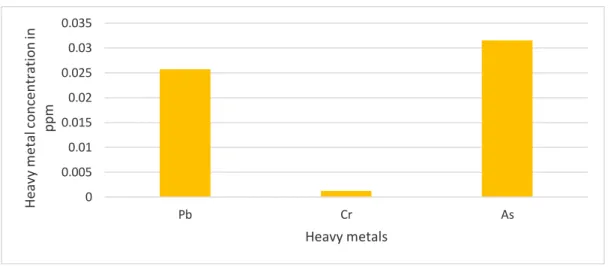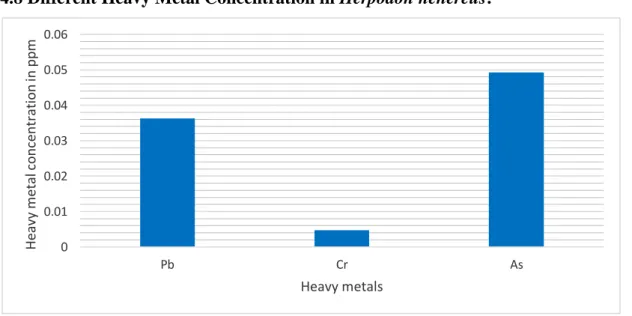More than 11% of the total population of Bangladesh is directly or indirectly involved in this sector for their livelihood (Fisheries Statistical Yearbook of Bangladesh, 2013). Bombay duck is one of the most common and locally available estuarine fish in the Chattogram coast and is distributed in the shallow coastal waters. The promfrets contribute a significant portion of the total fisheries resources collected in the Bay of Bengal.
Most industries discharge their sewage, whether treated or not, into marine waters using various sewage drains. The discharge of untreated wastewater into rivers or coastal waters is a serious problem for the state of the marine ecosystem. When heavy metals enter the marine environment, the metal ions can react with water constituents or slow down to the bottom and act as a response to marine sediments on the bottom.
Heavy metals occur naturally as they are chemical compounds of the lithosphere and are produced in the environment through volcanism and weathering of rocks (Fergusson, 1990). Solid and liquid waste is responsible for more than 50% of the lead discharged into the sea.
Arsenic (As)
Chromium alloy and metal manufacturing industry or cooling towers, industrial waste discharged into water (electroplating and metal finishing industries), and runoff from urban areas (Eisler, 1986). Sediment is considered a final source for Cr in marine environments, but if ecological conditions change, the sink can become a source by supplying Cr to interstitial water and seawater. In seawater, the concentration of Cr can regulate its uptake, accumulation and toxicity to marine fish.
This situation is further complicated because Cr is influenced by redox conditions of the water column (Eisler, 1986). Major sources of arsenic in surface ocean waters are river inflows and upwelling of deep ocean water enriched in arsenic (Cutter and Cutter, 1995). Thus, human activities contribute very little to the open ocean's arsenic budget, but may be important in coastal waters that receive arsenic-contaminated runoff from land.
Several countries have regulations for the maximum permissible limit values (MPC) for arsenic in fish and shellfish consumed by humans.
Fish as Bioindicators of Water Pollution
Bioaccumulation and Metabolism of Heavy Metals
Heavy Metal Uptake by Fish Organs
- Fish Liver
- Fish kidney
- Fish Gill
- Fish Muscle
Marine fish develop a protective measure against the dangerous effects of heavy metals and other contaminants that cause destructive changes, such as oxidative pressure in the Cichlidae domains, which are well known and very economical for the body of fish (Abouel-Naga et al., 2005). Liver plays an important role in metabolism to maintain energy levels and structural stability of the body (Nussey et al., 2000). This can cause damage such as DNA breaks (SSB) and double strands (DSB), micronuclei, chromosome abnormalities in hepatocytes and other cells (Frenzilli et al., 2009).
During depuration, heavy metal levels in the kidney remain high or may increase for some time, which is related to the function of the kidney as an excretory organ (Bukola et al., 2015). These effects have often been cited as an acute mechanism of metal toxicity (Burton et al., 1972). Fish muscle is a poor indicator of heavy metal concentration in fish species (Palaniappan and Vijayasundaram 2009).
Although the concentration of heavy metals in fish muscles is always low compared to other tissues in fish due to their low metabolic activity (Bashir and Alhemmali, 2015), it is still important to compare muscles to determine the safe levels. The higher intake of heavy metal in our body can cause bad impact on health (Joseph et al., 2010).
Toxic Effects of Heavy Metals Contamination on Public Health
Accumulation of metals in the gill tissue is usually associated with structural damage to the gill epithelium and impaired respiratory and osmoregulation function. Muscles allow the fish to move in any direction and make up up to 80% of the fish itself. This is because the consumption of fish muscle is the largest mass compared to the rest of the fish.
Their removal from the environment is difficult due to the persistence and non-degradability of heavy metals. Due to growing concern about the potential effects of metal contaminants on human health and the environment, research on the essential, useful, and health phases of trace metals in the environment is increasing. Lead toxicity also causes inhibition of hemoglobin synthesis, affects the activity of enzymes in the blood and the transport of oxygen throughout the body.
Ingested As it passes through the placental barrier affecting the fetus, it is transported in the blood connected to the red cells and it is distributed throughout the body. The mean level of Cr in seawater has been reported between renal failure; in the lungs, it causes fibrosis, cardiovascular system risks due to the increase of cholesterol and free fatty acids in the blood, which increases the risk of aortic and coronary atherosclerosis, although the mechanisms and Cr related to dyslipidemia which is mainly due to the reduction of the High Density Lipoproteins (HDL) and to the high triglycerides and HDL ratio.
Previous Works Done Relevant to the Present Study
Jothi et al., (2018) investigated the concentration of heavy metals in fish and water samples collected from different locations in Chattogram District, Bangladesh. The distribution of heavy metals in the analyzed fish samples was on the order of Fe > Cr >. Heavy metals in the muscles of the fish species examined were compared with the permitted levels for human consumption.
The concentration of lead in the work was found to be more than the maximum permissible limits in the gill and liver tissues of the fish. The concentration of heavy metals in gills was the highest of all fish species, followed by liver and meat. Total accumulation of heavy metals was maximum in Euthynnus affinis followed by Leiognathus daura, Descapterus macrosoma and Pampus chinensis fish species (Salam et al., 2019).
The concentration of Pb was the highest, closely followed by Zn, while Cr was detected in the lowest concentration. There was a significant difference in the accumulation of heavy metals in different organs of both species (p<0.01).
Sample Collection
Dissection and Preparation for Digestion
Heavy Metal Analysis
Apparatus
Reagents
Procedure
Vials were then opened, transferred to 25 volumetric flask and diluted to mark with deionized water. A calibration curve is produced which is constantly rescaled as more concentrated solutions are used, the more concentrated solutions absorb more radiation up to a certain absorption. Analytical blanks were run and determined in the same manner as the samples using standard solutions prepared in the same acid matrix.
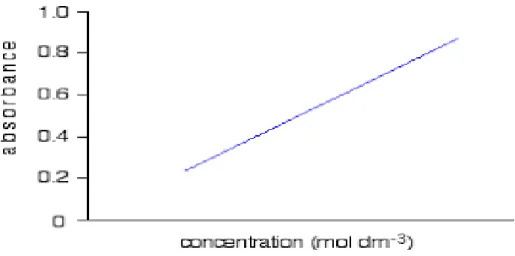
Data Analysis
Organ-wise Lead (Pb) Concentration
Organ-wise Chromium (Cr) Concentration
Organ-wise Arsenic (As) Concentration
Species-wise Lead (Pb) Concentration
Species-wise Chromium (Cr) Concentration
Species-wise Arsenic (As) Concentration
Different Heavy Metal Concentration in Hilsa ilisha
Different Heavy Metal Concentration in Herpodon nehereus
The values recorded in Herpodon nehereus show that the higher concentration is observed for arsenic (As) with a mean value of 0.049258 ppm, which is more than the recommended value (0.1 ppm). The median mean value of chromium was the lowest among the three heavy metals studied (0.004725 ppm).
Different Heavy Metal Concentration in Pampus chinensis
Species –Wise Different Heavy Metal Concentration
Organ –Wise Different Heavy Metal Concentration
It was observed that there were no statistical differences in the case of heavy metals (Pb, As and Cr) for the three types of fish (Table 1). The presence of three heavy metals varied statistically in different organs of fish species (Table 2). With the highest level of the three heavy metals in Herpodon nehereus, the lowest lay in Hilsa ilisha.
Since Herpodon nehereus occupies a higher trophic level of the food chain, the bioaccumulation process may increase the concentration of heavy metals in their bodies. As a widely exposed coast of the Bay of Bengal, Chattogram region is affected by numerous heavy metals. From the findings of this study, it was concluded that the fish kidney showed the highest accumulation of heavy metals (As and Pb) in Herpodon nehereus, Pampus chinensis and Hilsa ilisha.
These types of studies need to be conducted to understand the toxic effects of heavy metals in the human body. Residues of some heavy metals in fish collected from (Red Sea Coast) Jisan, Saudi Arabia. Bioaccumulation of heavy metals in flora and fauna of the Hooglily Estuary, East Coast of India.
Bioavailability, accumulation and effects of heavy metals in sediments with special reference to United Kingdom estuaries: a review. Heavy metals in tissues of the Norway lobster Nephrops norvegicus: effects of sex, size and season. Spatial variation of heavy metals in Tenualosa ilisha muscle: A case study of the lower Gangetic delta and coastal West Bengal.
Assessment level of heavy metals (Pb, Cd, Hg) in four fish species in the Persian Gulf (bushehiran). Bioaccumulation of heavy metals in fish organs (Tilapia Zilli and Clarias Gariepinus) from River Benue, North-Central Nigeria. Differential uptake of heavy metals by gills, muscles and liver of four selected fish species from the Red Sea.
Determination of heavy metals in fish, water and sediments of avsar dam lake in Turkey. Heavy Metals in the New Zealand Aquatic Environment: A Review, Water Quality Centre, Ministry of Works and Development, Wellington, New Zealand. Comparison of heavy metal concentrations in different organs of Liza aurata living in the southern part of the Caspian Sea.
Bioaccumulation of heavy metals in fish, squid and crustaceans from the Red Sea, Jeddah coast, Saudi Arabia.
